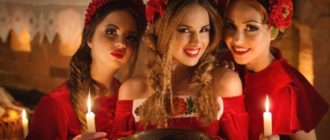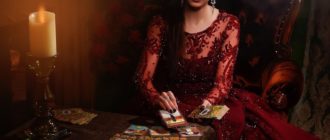The school curriculum studies a description of wintering and migratory birds. Do you remember everyone or need repetition?
Contents
In this article we offer a presentation on the topic: “Wintering and migratory birds” for preschoolers and younger students.
Wintering and migratory birds - presentation for preschoolers and younger students
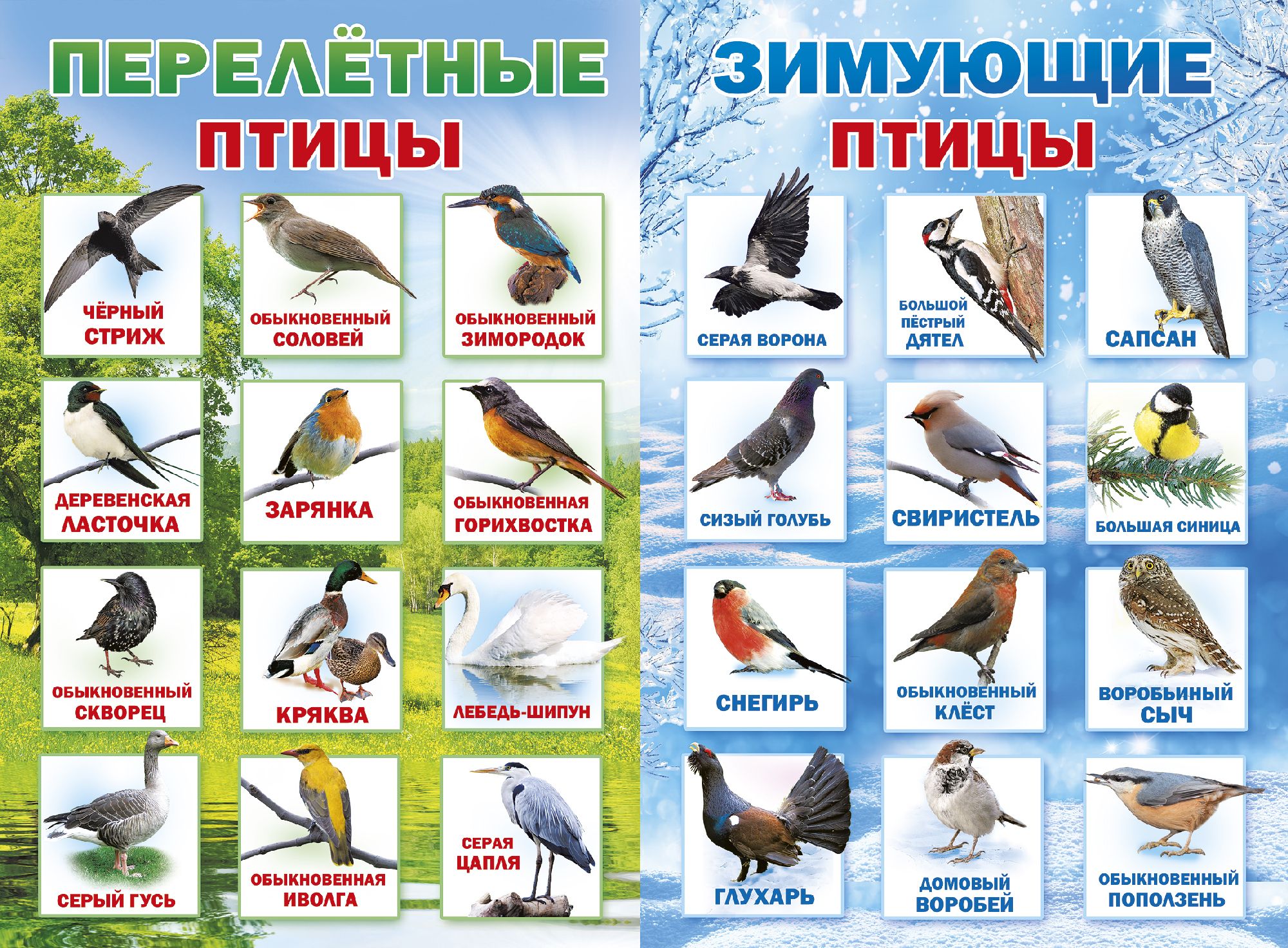
Migratory birds
- Rook.A migratory bird with a slender physique, covered with black plumage. Grach has a long sharp beak from which we often hears a loud hoarse “crane”. The bird is very smart, so it always finds ways to get food for itself. They live near urban settlements and in territories with a small number of plantings. Nests on high branched trees. Rooks are the first to fly from warm edges and marked the beginning of spring. Under normal conditions, the life expectancy of rooks is 20 or more years.
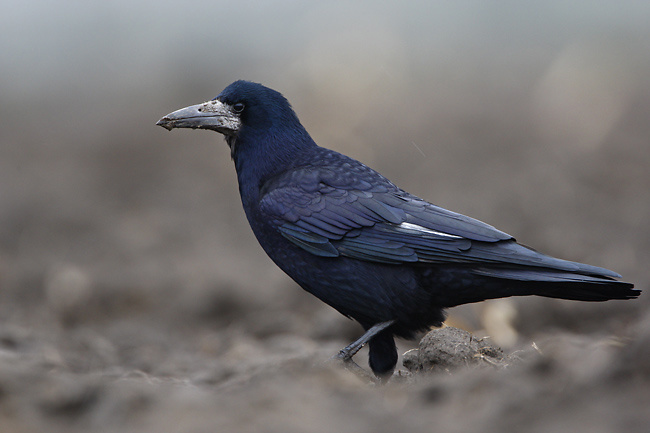
- Starling.A small bird with a sharp curved beak, massive physique and strong paws. The dark plumage of the starlings is cast with a metallic gloss and dotted with small white spots. Squorses are migratory birds and return to their native lands in March. The nests are driven in the birdhouses or any suitable voids. A distinctive feature of birds is the ability to imitate the singing of other birds.
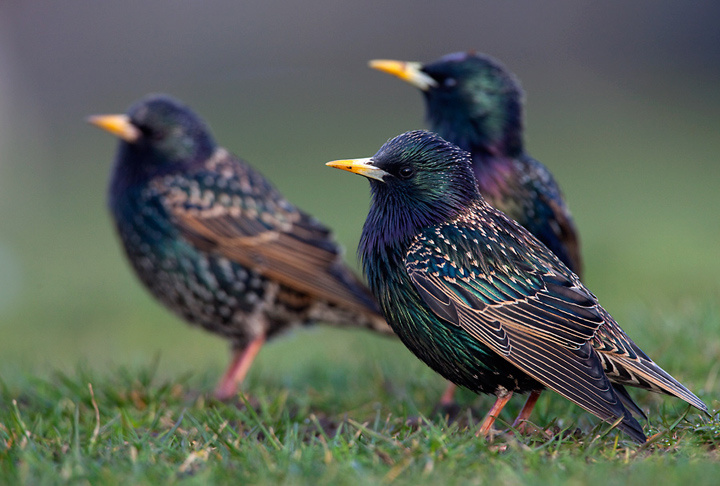
- Martin.A small bird with an elongated tail and wings. The shape of the tail resembles a fork. The streamlined body shape and narrow elongated wings contribute to the rapid flight of birds. Tenacious claws Help swallows click on the rocks and walls. Swallows return to their nests in late spring, and fly to the warm edges one of the first. Birds nest flocks. On steep cliffs, more than a hundred dug nests are often found. Swallows always hold in boring and when communicating with each other they publish a piercing squeak.
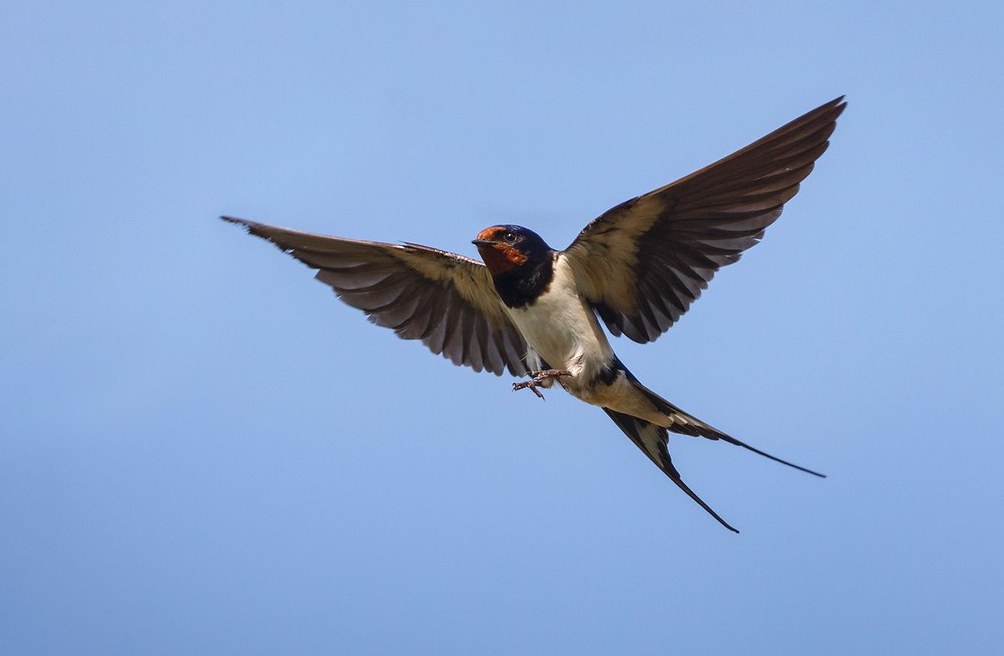
- Wild ducks.Ducks live near reservoirs. They can be seen at the river, at the headquarters, on the lake in the park. They have a short neck and legs in the form of large fins. Males differ from ducks with a brighter plumage. The ducks have massive flattering beak with a rounded endthat helps them choose vegetation and animals from reservoirs. The plumage of ducks is lubricated with fat, which creates impermeability to water. Another one a layer of thick fluff provides birds with heat. Separate varieties of ducks have a colorful contrasting color. When flying into the warm edges, ducks are built in a straight line.
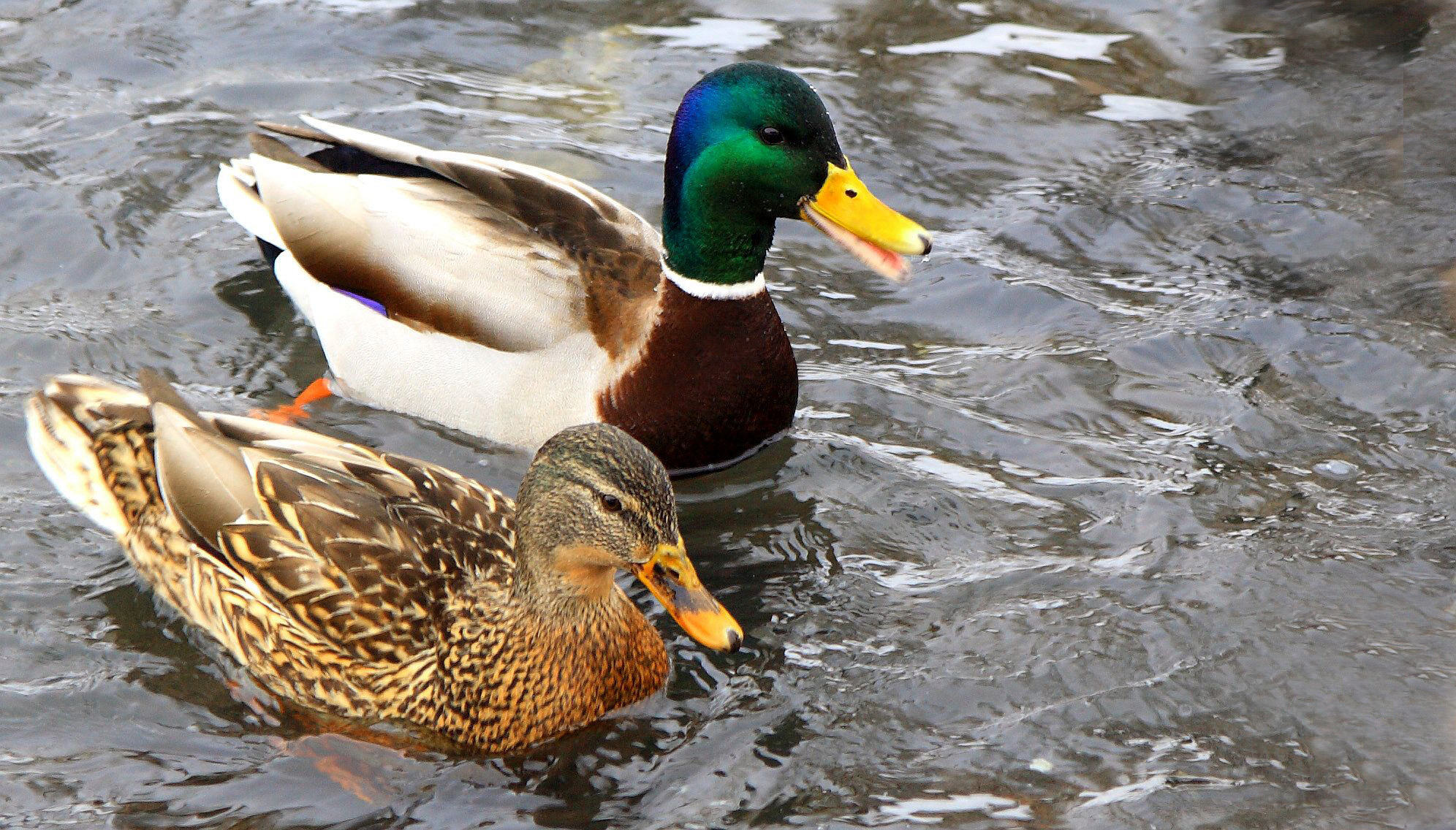
- Lark. They arrive in early spring one of the first. As a habitat, meadows and pastures are chosen. Nest on the ground, on bumps. They feed on green vegetation, ripened seeds, insects and their larvae, bugs and spider. The larks have a colorful ocher-white color. The size is slightly larger than the sparrow. Birds are easy to find out by beautiful ringing singing. As a habitat, fields, meadows, marshy areas are chosen. Larks are extracted exclusively on Earth. Strong small insects and seeds of herbs.
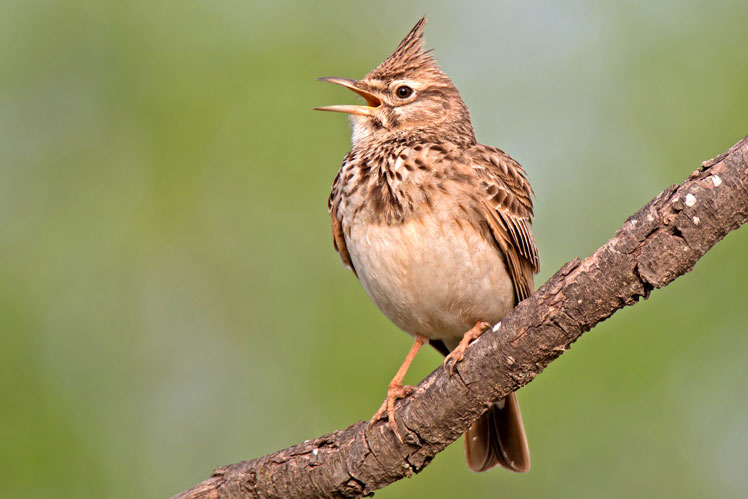
- Storks. A large bird with long legs, an oblong neck and a canonical shape elongated by an orange beak. There are two colors in the color of the feathers - black and white. The storks have long rounded wings, which allow in flight to soar above the ground. A claw is formed on the wing on the first finger of the brush. Long legs create a springy slow gait and make it possible to stand on one leg for several hours. Storks do not know how to sing, but create throat sounds and hiss. Instead of screams, they click with a beak. At the end of August, birds form a line and fly into the warm edges. In the spring they return to permanent nesting places.

- Wagtail.With the first melting of snow, a shakoguska returns to us - a small bird with an elongated tail. Birds settled near reservoirs, eating various aquatic animals and small insects. In our territories there are white and yellow wagons. In the summer, the bird manages to make two masonry eggs. The nests are driven in the cracks of trees and building structures. Sometimes they deepen into the undercorgeal space of plants. At the sight of predators, a wagtail is published loud noisy sounds What often saves their life. With the onset of autumn, birds gather in flocks and fly south.

- Nightingale.A small bird with elongated legs and brown plumage. A fragile bird with expressive eyes makes melodic singing sounds. Their singing can be heard at night. Exactly males sing. Females are responsible for the construction of a nest and hatching of offspring. Soloviev can be heard near water bodies, in parks, forest lands. Nights of insects, worms, spiders, berries feed on. They fly away in the warm edges for wintering. They return to us not earlier than May.
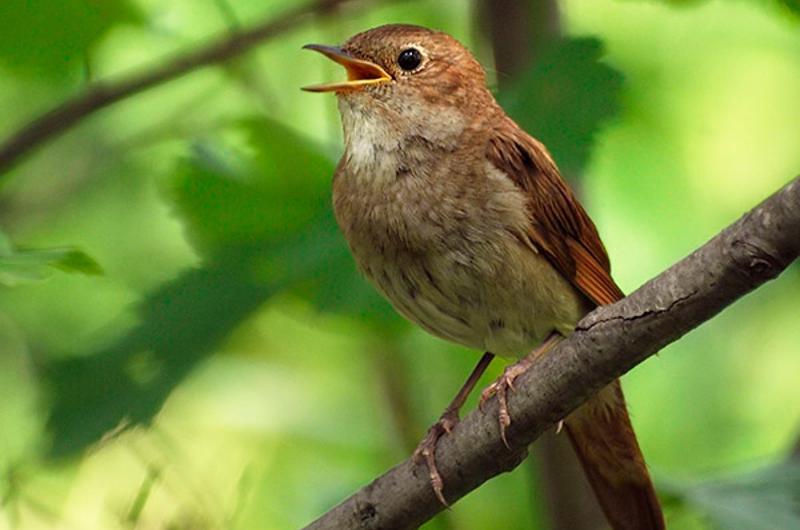
- Swan.A large waterfowl with a wingspan up to 2 m. In flight, it develops speed up to 80 km/h. Birds are found with white, gray and black plumage. Red beak with black edging. Short legs create clumsy movement on land, but help to swim comfortably in water. The swans have a very long thin neck, which helps to find living creatures in water. Swans can be admired for hours - the embodiment of beauty and nobility. In the air during flight, they also look spectacular as in water. Swans do not know how to sing, they publish hissing.

Video tutorial: migratory birds
Wintering birds
- Crow.A small bird with a gray-black color. Close -looking, but very smart. It feeds on everything that can be obtained - carrion, small predators, insects. City crows frequent visitors to city dumps. Crows nesting along reservoirs, on the tops of tall trees, on the rocks. Birds lead a flock of life. Fly in groups of 10-20 birds. Friendly in relation to each other. Often walk on the ground, in flight very maneuverable and nimble. A characteristic sound “kar” is an expression of emotions for the raven - anxiety, danger, etc.
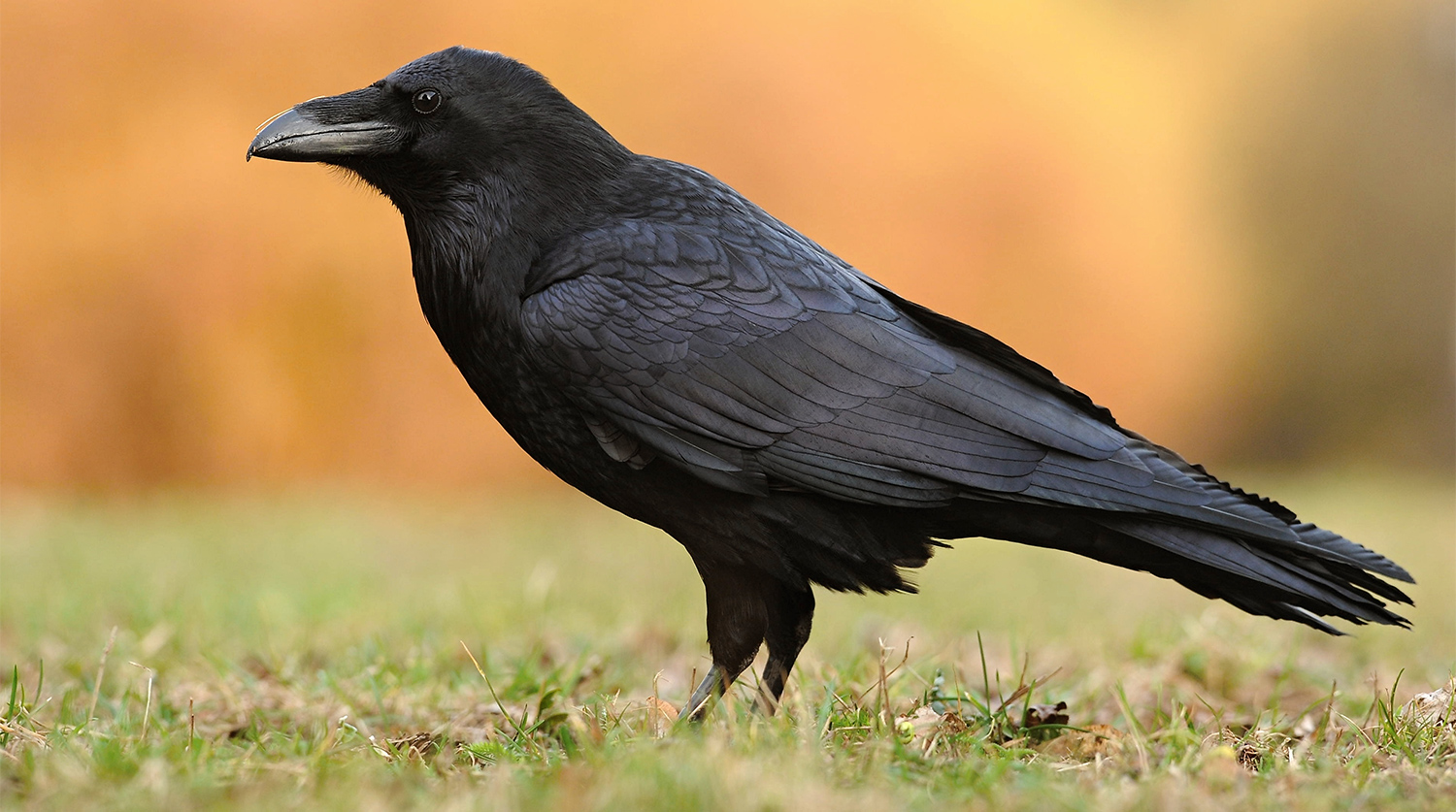
- Magpie.A well-known wintering bird with a bright black and white color. Magpie has a long tail and multi -stage wings, which in flight open and resemble a fan. Birds are very observant and quick -witted. Behave brazenly. Mostly animal foods are eaten - beetles, worms, snails, etc. For a place of residence, they choose deaf thickets, parks, forest plantations. Nests are driven in a dense crown of trees or shrubs.

- Sparrow.A sociable bird is small. In the color of feathers there are 3 colors - gray, brown and black. The beak is short and cone -shaped, the tail is truncated. In males, unlike females, the neck is decorated with a black tie. The sparrows are omnivorous, so they always find something to feed themselves. In the winter period, resourceful and noisy birds are located near residential settlements. The flocks of sparrows include up to 100 individuals. Little birds prefer a permanent place of residence. In the summer, with pleasure, nests under the roofs of houses are happy. The flocks of sparrows include up to 100 individuals. They behave noisily and brazenly.
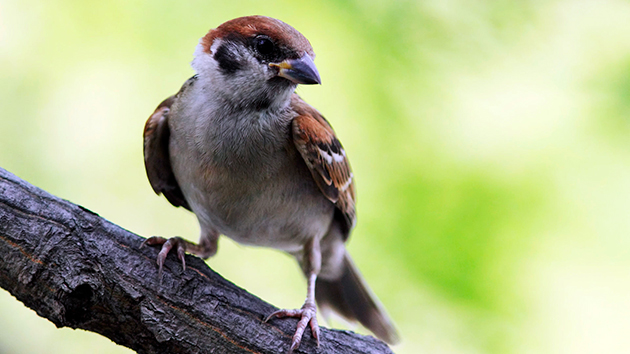
- Tit.A beautiful bird with a yellow abdomen and a black tie. The beauty of the plumage resembles parrots. Sinichi are considered the defenders of the forest, as they eat a large number of caterpillars and various bugs. They move on the ground with jumps, like sparrows. In flight, they move from wood to wood, from roof to roof, without long flights. In the summer period of time, birds feed on insects. In winter, tits need additional top dressing. That is why they are so necessary for feeders with grain, bread crumbs, cereals, etc. Little birds are beautifully singing. People associate many folk signs with the behavior of tits.

- Woodpecker. A bird with a colorful color and a sharp beak. The head of the woodpeckers is dressed in a red cap and is located on an elongated neck. The wedge -shaped tail plays the role of support for the extraction of food. In summer, birds feed on insects and attract attention to a characteristic tapping of wood. In winter, woodpeckers switch to seeds of coniferous trees, in the spring varnish with birch juice. Woodpeckers are called the orderlies of the forest, so they year -round destroy pests on the trees. An oblong beak is able to perform up to 10 beats per second. An elongated and adhesive-shaped tongue helps to pull insects from under the crust of trees.
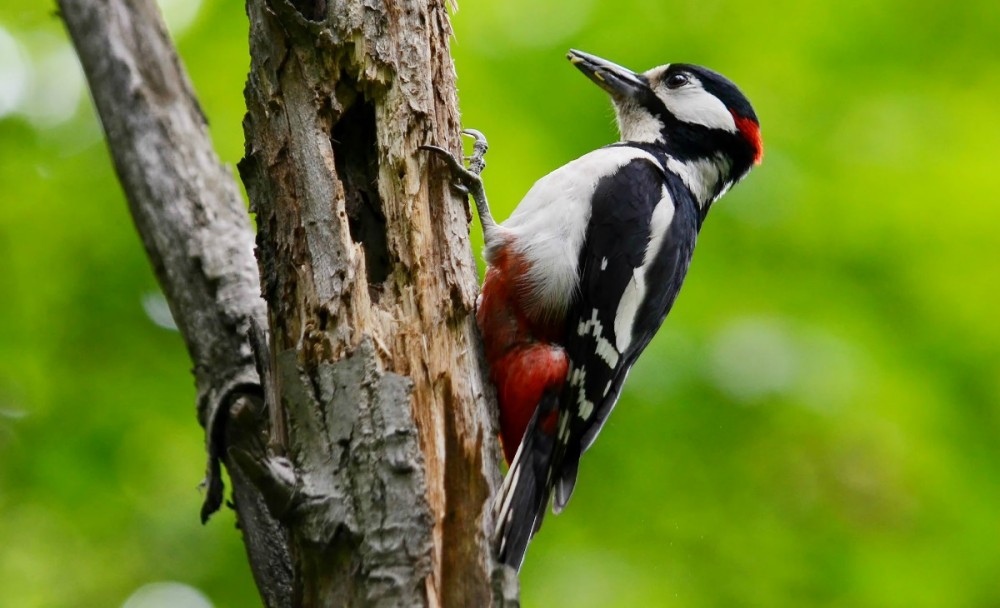
- Pigeon. A medium -sized wintering poultry. The tail, wings, head and neck are painted in a darker shade. A small beak has a thickened growth at the base. An elongated neck shimmers with blue-violet paints. A city resident feeds on fruits, berries, seeds. Four -fingered fingers on short legs are adapted to move along the ground. Pigeons attract agricultural lands. They settled with pleasure in the dovecess near a person. Currently, a large number of decorative pigeons are breeding around the world.

- Bullfinch. In size, the bird is slightly larger than a sparrow with a dense physique. It has a characteristic color - a dark hat on the head, dark feathers on the tail and wings. Featers on the chest and cheeks of red-orange color, due to which bullfinch is often called red-breeding. The site from the legs and to the tail is painted white, and a white strip is drawn on the wings. Singing birds resembles a sonorous metallic whistle.
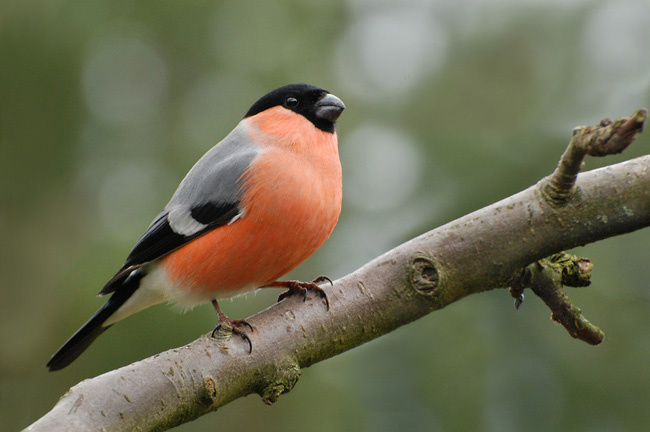
- Bullfins live in coniferous and mixed forests, and there they arrange their nests. They fly to urban settlements only in search of food. The main diet of bullfinches is seeds, berries and kidneys. In the pictures, bullfinches are often depicted with a branch of mountain ash. It is worth noting that they do not eat berry pulp, but only pick out the seeds. Closer to the winter cold, bullfinches gather in flocks and go together in search of food.



